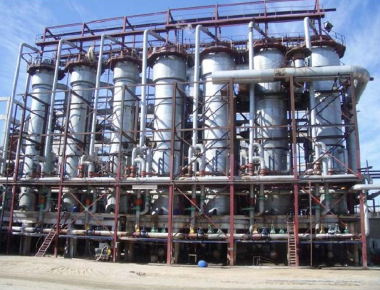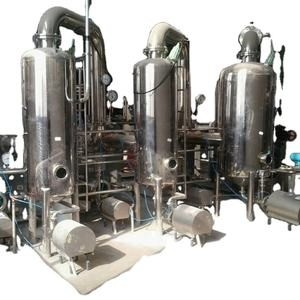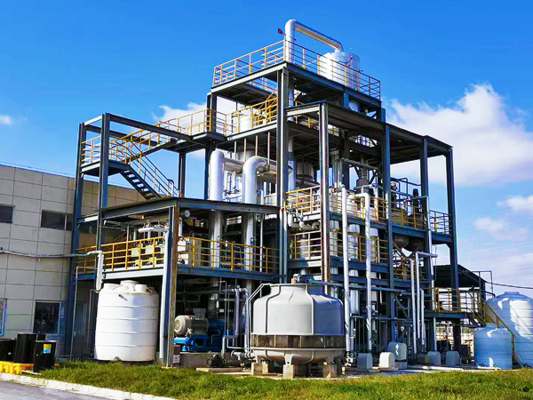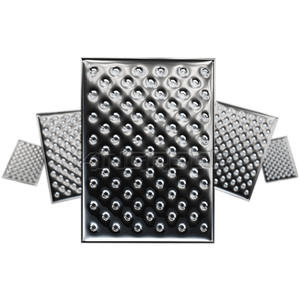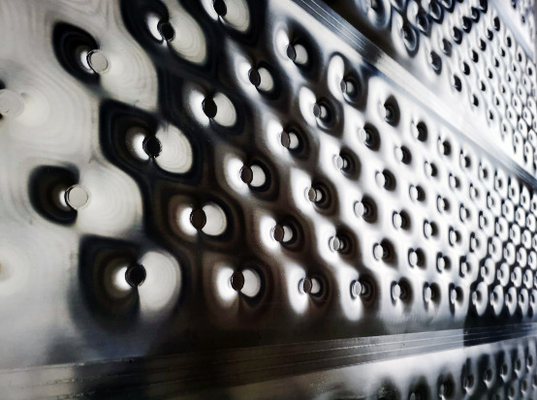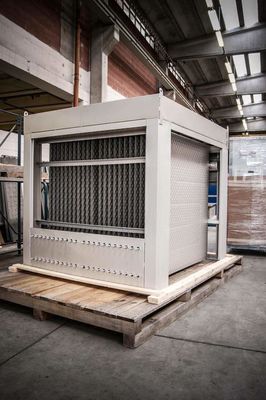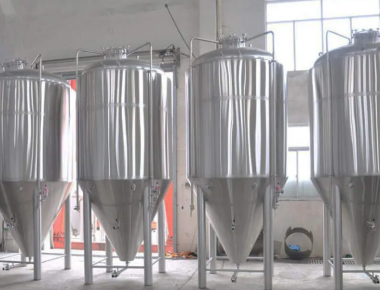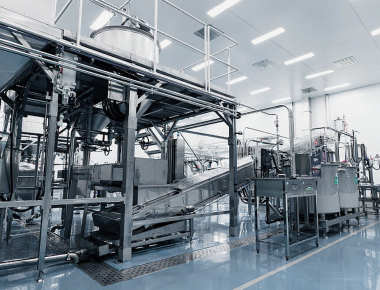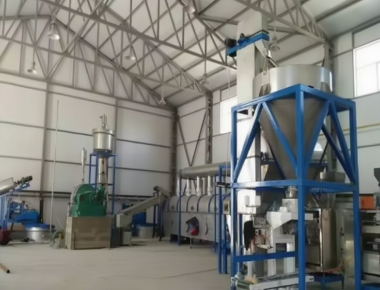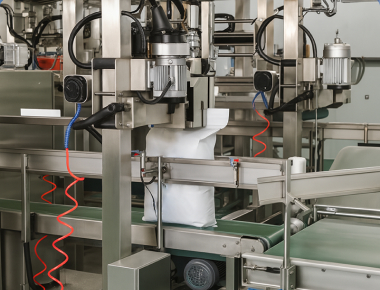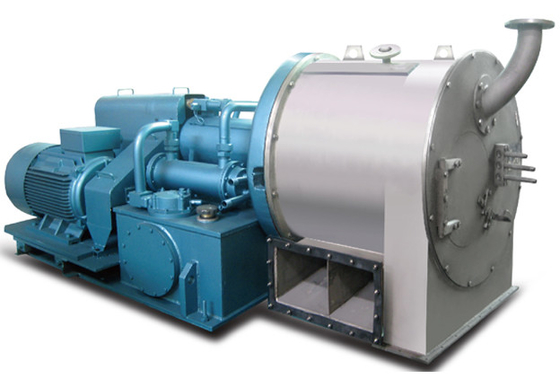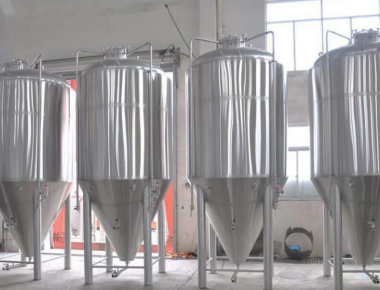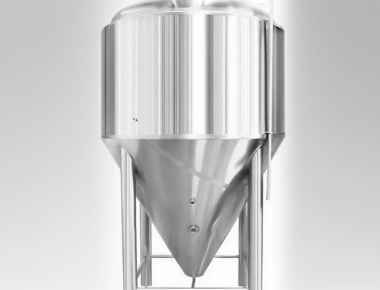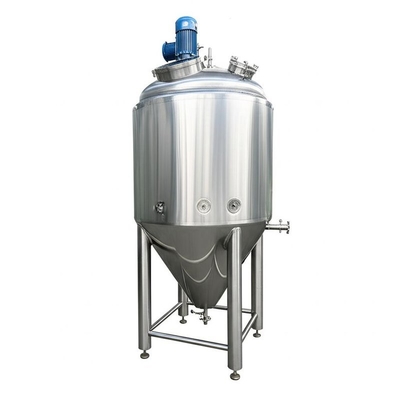A pillow plate (also called a dimple or cavity heat-exchange plate) is made from two metal sheets—typically stainless steel—laser-welded and then inflated to create internal flow channels. When integrated into a crystallizer, these plates remove or add heat precisely to drive supersaturation and crystal growth with stable, controllable thermal gradients.
Notes: The page presents engineering principles and configuration options rather than any specific vendor’s proprietary data. Final duty, area, and hydraulics must be confirmed by project-specific design and testing.
Laser-welded “pillow” channels increase turbulence and surface area, improving heat transfer while keeping construction compact and cleanable.
Process Steps
- Feed prep: Filter and condition brine for target purity.
- Thermal control: Circulate heating/cooling media inside pillow plates to create controlled supersaturation (cooling or partial evaporation).
- Nucleation & growth: Maintain steady temperature and residence time to achieve desired crystal habit and size distribution.
- Solid–liquid separation: Separate crystals from mother liquor; wash and dry to specification.
Why Pillow Plates
- High heat-transfer area density
- Low fouling geometry with smooth channels
- Robust, fully welded construction
- Flexible shapes for tanks, walls, or immersion panels
Pillow plates can be used as jackets, immersion panels, or wall liners to drive controlled cooling in industrial crystallizers for salts and related products.
- Sea-salt and brine crystallization
- Industrial salt recovery and ZLD polishing
- Process brines (NaCl, mixed salts) with corrosion-resistant materials
- Pilot to full-scale continuous or batch crystallization
Materials typically include stainless steels (e.g., 304/316L) or higher-alloy/duplex grades for chloride-rich or harsh environments. Plate geometry (weld spacing, emboss height, flow path) is tailored to balance heat-transfer coefficient and pressure drop. Thermal duties, media selection (hot water, steam, thermal oil, chilled water), and clean-in-place strategies are engineered per feed chemistry and target crystal quality.
For detailed sizing (duty, area, ∆T, fouling allowance, hydraulics), we provide a project-specific design package after receiving feed assays, operating temperatures, utilities, and production targets.
Jacketed tanks with pillow plates provide uniform heat flux for crystallizers and mother-liquor tanks, supporting stable growth and reproducible crystal size distribution.
- Crystal quality: Controlled cooling/evaporation to tune habit and size; avoid occluded mother liquor.
- Cleanability: Smooth welded channels and removable/accessible panels support periodic cleaning against scaling.
- Automation: Temperature, residence time, and slurry density monitoring stabilize production and energy use.



